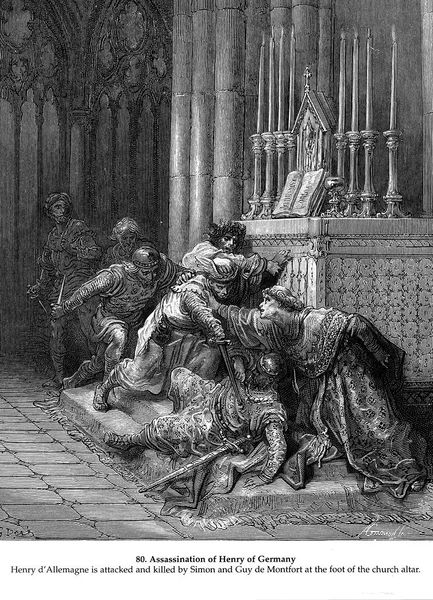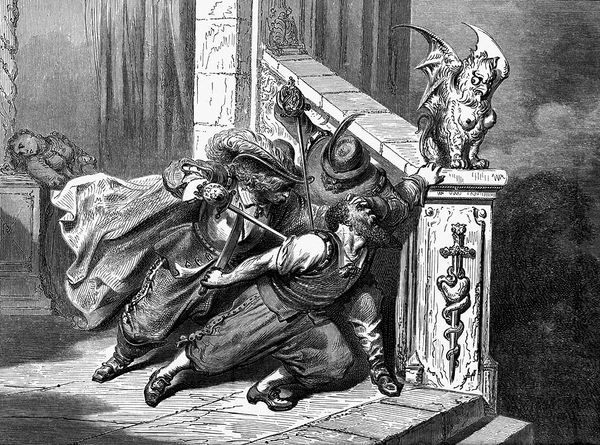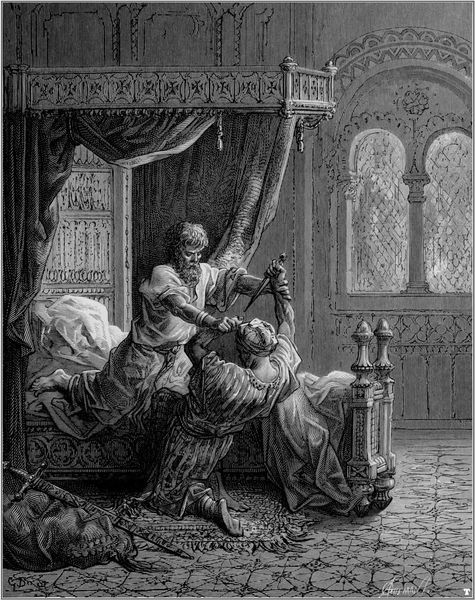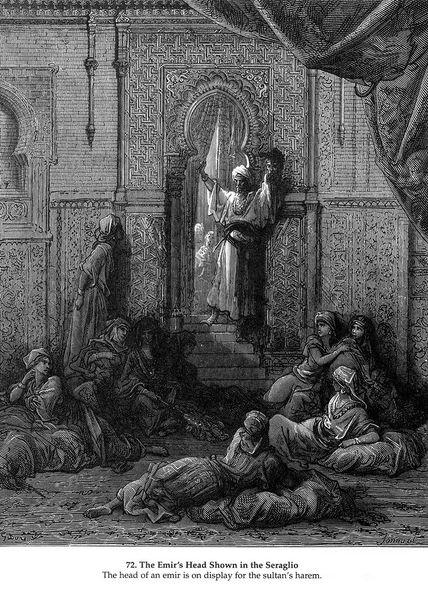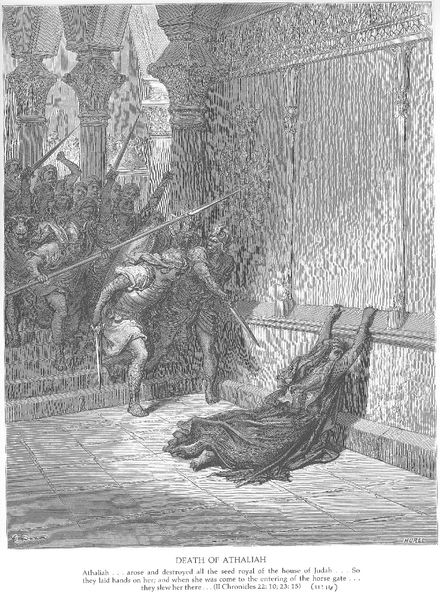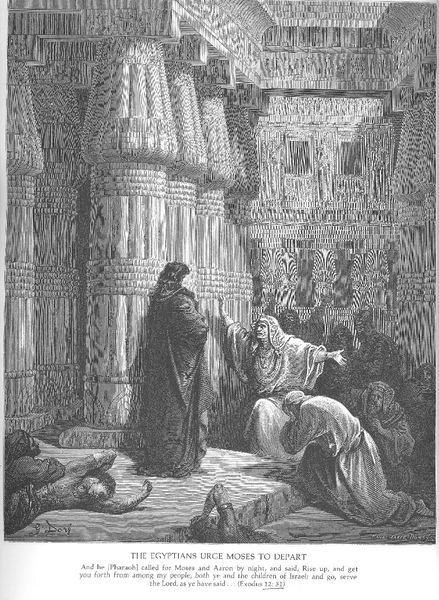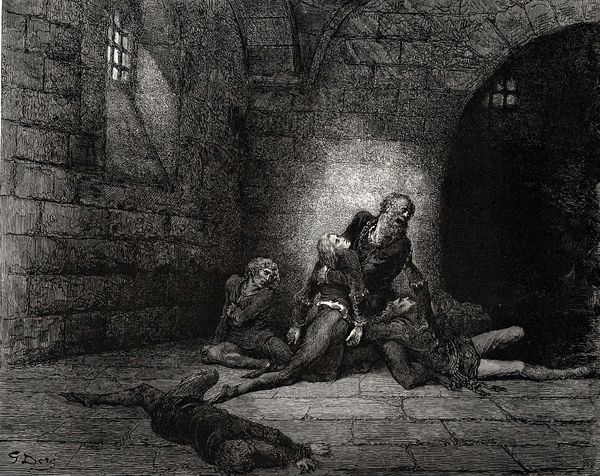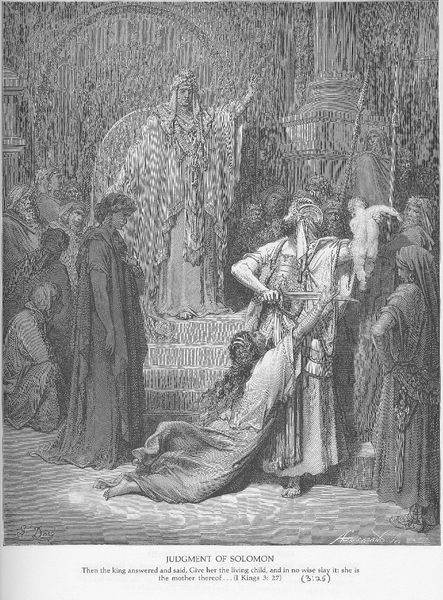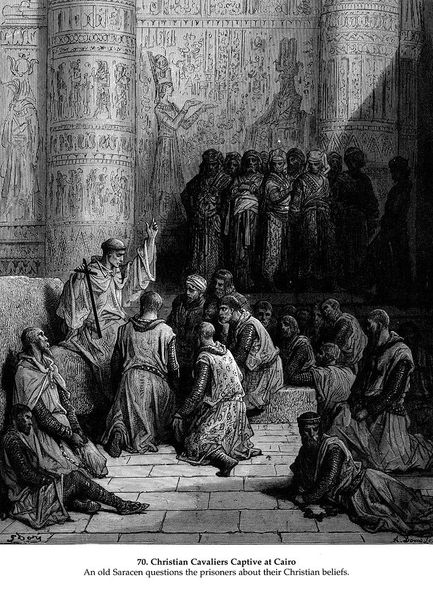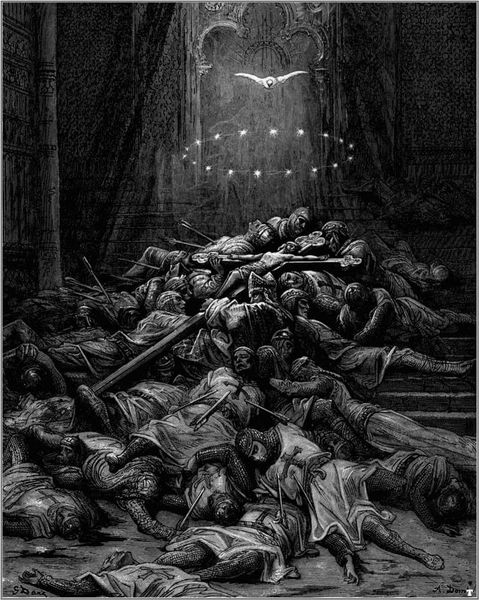
drawing, paper, ink
#
drawing
#
medieval
#
narrative-art
#
figuration
#
paper
#
ink
Copyright: Public domain
Gustave Doré produced this dramatic engraving depicting the Sultana Chegger-Eddour and the Emir Saif-Eddin. The scene unfolds within a palace adorned with hieroglyphs, immediately evoking the exotic Orient so fascinating to 19th-century Europe. Made during the height of French Orientalism, Doré’s print showcases the power dynamics and violent intrigues projected onto Middle Eastern cultures. The Emir's shock at discovering the dead husband, coupled with the Sultana’s composed demeanor, hints at a narrative of ambition and ruthless political maneuvering. France's colonial ambitions in North Africa and the Middle East at this time fueled a market for such images, shaping European perceptions and justifying imperial interventions. Understanding this artwork requires considering both the artistic conventions of the time and the socio-political context that gave rise to them. Historical archives, travel literature, and studies of French colonial history offer invaluable insights into the creation and reception of such imagery. Ultimately, the meaning of art is always contingent on its social and institutional context.
Comments
No comments
Be the first to comment and join the conversation on the ultimate creative platform.
